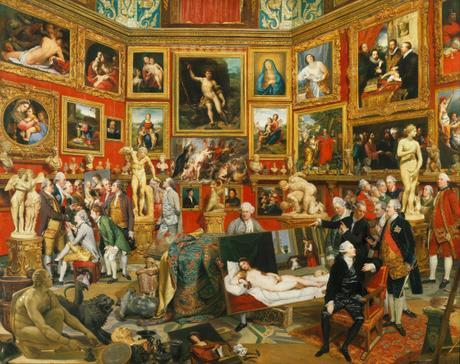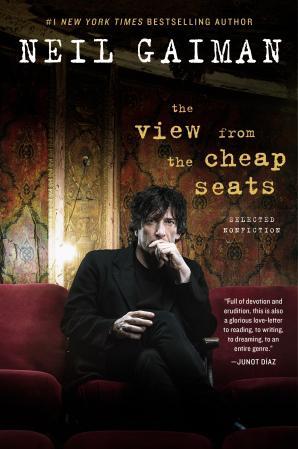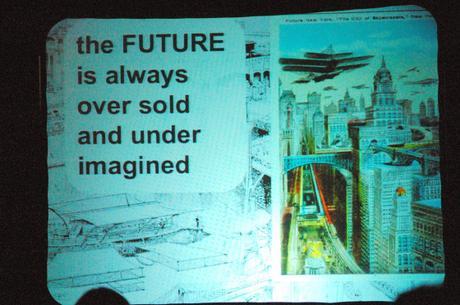What can innovators learn from art?
Observation skills, questioning, and experimentation are vital parts of innovation. Observing everyday activities can lead to new insights where things can be improved on. It can also lead to break-through ideas.
The innovation psychologist Leon Segal said:
“Innovation begins with an eye.”

Innovators carefully watch the world around them and the observations help them gain ideas for new ways of doing things. Observation skills are also at the core of art. Art students are often told to draw what they actually look at, rather than the way they think something should look. Copying someone’s ideas will not in itself lead to a person developing creative thinking skills. A painter needs to learn to think in colours, an artist working with sculptures need to think in 3D, and a songwriter needs to learn to think in lyrics.
Art is sometimes used to help medical students to develop their observations skills. Looking at art can help people understand ambiguities in a painting and also to look closely at something without “rushing to assign meaning to what we see.” Many of us are ready to immediately interpret what we see, yet looking at art can help a person to slow down and really observe things without immediately interpreting things. These skills can also help an innovator to explore aspects and to help step out of the common way of interpreting things. Quick thinking is good sometimes but certain things are good to slowly digest.
Even if looking at art can help a person to develop observation skills the observation in itself is not enough. Making connections, questioning, visualising, and searching for patterns are also important aspects of art. Art can help a person to make connections between things. innovators often have a passion for questioning things. The importance of question asking is a topic that has been previously explored in this blog. Valuing questions and being curious can lead to a search for new ways of doing things. Rather than focusing on quick answers, the innovative process thrives on asking questions to provoke new insights, possibilities and connections.
The book The View from the Cheap Seats: Selected Nonfiction is a wonderful collection of Neil Gaiman’s essays, and meditations on life, literature, and the life and love of literature. An inspiring essay in the book explores the ideas and ideals at the heart of Bradbury’s classic book Fahrenheit 451. This book is a great reminder of how important it is to explore one’s values. Neil suggests that speculative fiction gives us a “liberation of vision”. Yet in order for this to happen, we must acknowledge that each story has a multiplicity of meanings.

Authors can offer an imagined but nevertheless persuasive alternative reality where the readers are offered a way to escape from the usual traditional way of thinking. New possibilities can be examined. It is easy to think that the way we live now is somehow the only way that the world can be organised.
Three questions can help an author to imagine possible worlds:
- What if …? This question provides a way to escape from the world. What if I could fold up my car?
- If only … Allows us explore something exciting as well as the terrifying about the future. If only there were no cars.
- If this goes on … What would happen if that thing became bigger, became all-pervasive? Does not try to predict the future rather explores possible scenarios. If this way of parking cars goes on there will be no green spaces left in the cities.
Innovators are examining and trying out new ideas. Testing hypothesis and visiting new places and worlds. Imagining different futures is a fundamental aspect of the innovative process and reading books about the future can provide valuable insights. It can also help us develop skills to examine possible futures. A world that does not yet exist!
To think.
To imagine.
To change.

Photo: Kevin Krejci
